Endangered, threatened species: Which ones can be found in Nueces County
Endangered species are plants or animals that will likely become extinct soon, while "threatened" means a species may become endangered soon.
According to the Texas Parks & Wildlife Department, nearly 120 species are considered endangered or threatened under the Federal Endangered Species Act in Texas. In Nueces County, there are 22.
So, why should you be concerned about an endangered species you may have never seen before?
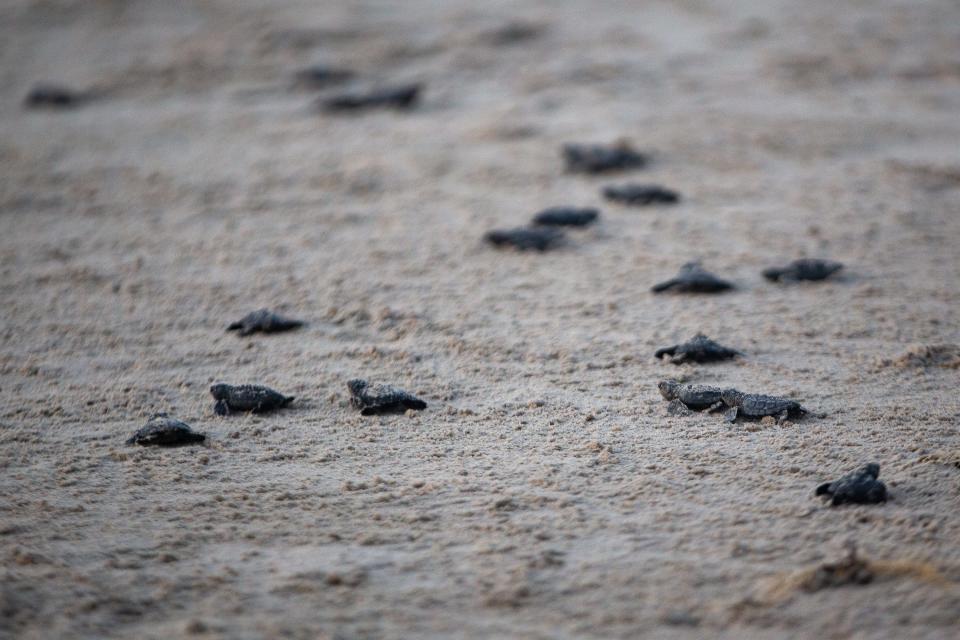
An ecosystem is like a spider web — held together by threads like plants, animals, water, air and nutrients. When a thread is removed, the rest are weakened until the entire web collapses. When animals disappear from an ecosystem, it indicates the area is not only becoming less inhabitable for the species but also for people.
The best way to protect a species that is endangered or threatened is to protect their homes. Get involved by volunteering at your local nature center or wildlife refuge.
Birds
There are five bird species in Nueces County that are in danger. The black rail, piping plover and rufa red knot are considered threatened while the northern Aplomado falcon and whooping crane are endangered.
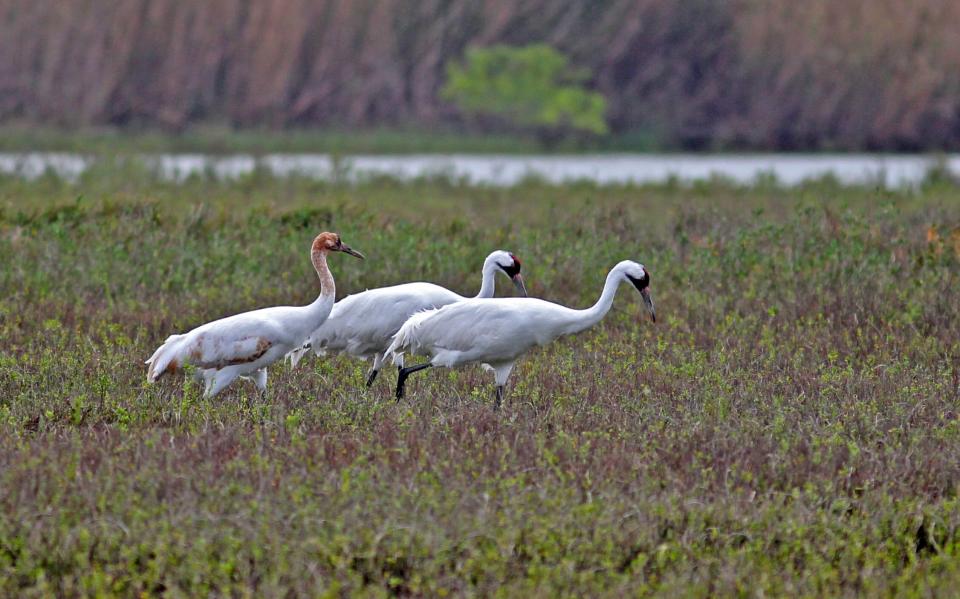
The black rail can be found in saltgrass marshes with their nests placed in a well-concealed spot in the center of clumps of vegetation. The piping plover lives on sandy beaches and lakeshores, while the rufa red knot resides in freshwater habitats.
The northern Aplomado falcon requires open grassland or a savannah habitat with scattered trees or shrubs. Whooping cranes live on salt flats and marshes during winter.
Fish
Only one fish is considered threatened in Nueces County: the oceanic whitetip shark.
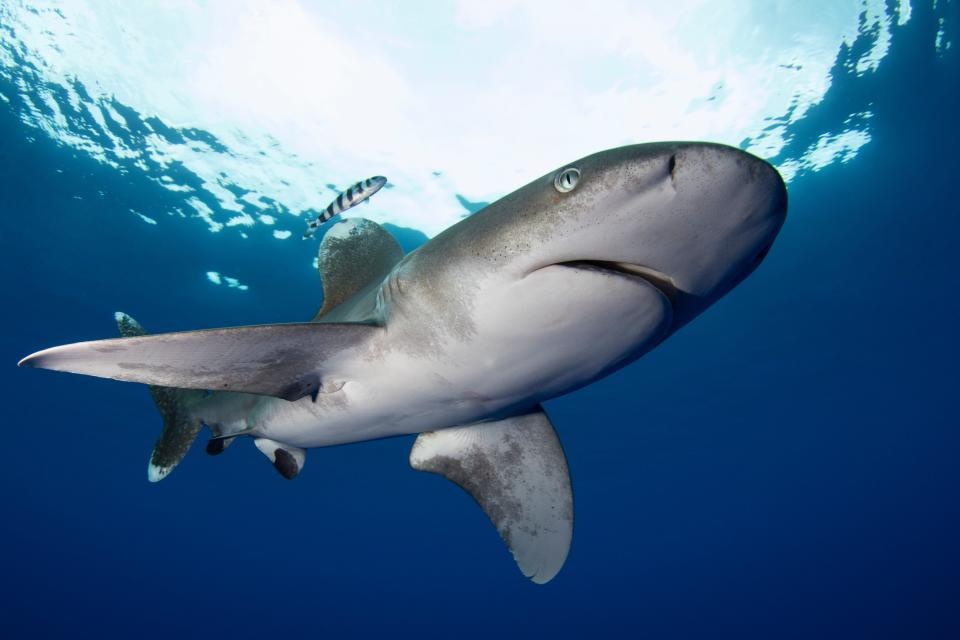
The shark lives offshore in deep water, but spends most of its time in the upper part of the water column near the surface. They can live to be 25 years old.
Mammals
Seven mammals are considered endangered: the sperm whale, sei whale, blue whale, Gulf of Mexico Bryde's whale, humpback whale, north Atlantic right whale and the ocelot. The West Indian manatee is the only threatened species.
Sperm whales are mostly dark gray, though some may have white patches on their belly. Sei whales have a long, sleek body that is dark bluish-gray to black in color and white or cream-colored on their underside. Blue whales have a mottled blue-gray color that appears light blue under water — hence the name.
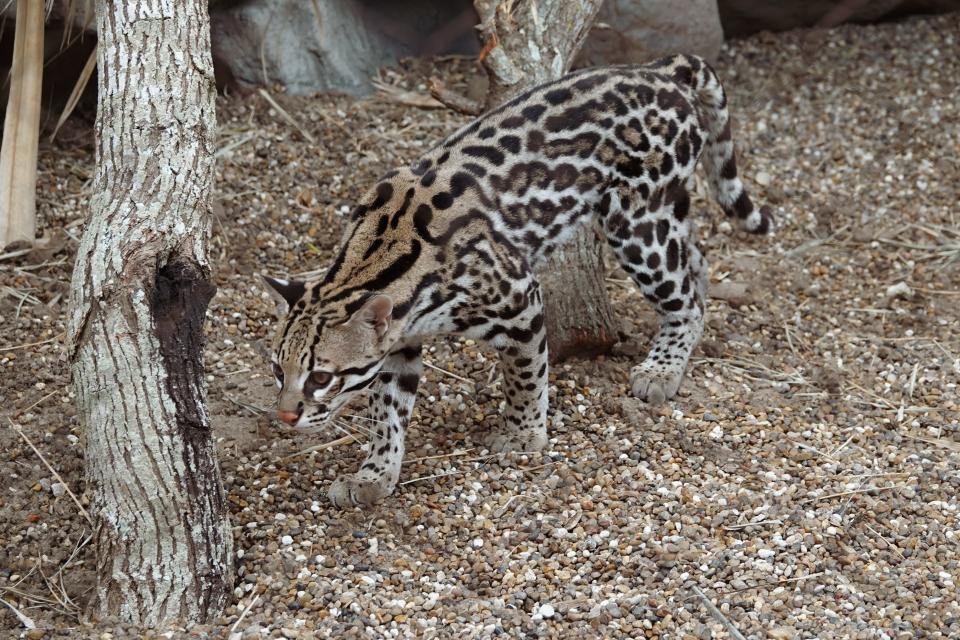
Bryde’s whales look similar to sei whales, but are smaller and have three prominent ridges in front of their blowhole. Humpback whales' bodies are primarily black, but some have different amounts of white on their pectoral fins, bellies and the undersides of their tails. Northern Atlantic right whales' heads have knobby white patches of rough skin, called callosities, which appear white because of whale lice covering their otherwise black skin.
The West Indian manatee can be found in the Gulf of Mexico when migrating. They are sluggish swimmers and are cold sensitive, which limits their range of habitat.
Ocelots prefer to dwell in dense, thorny, low brush such as spiny hackberry, lotebush and blackbrush. They can live up to 20 years in captivity.
Reptiles
The loggerhead and green sea turtles are considered threatened, while the Atlantic hawksbill, Kemp's ridley and leatherback sea turtles are endangered species.
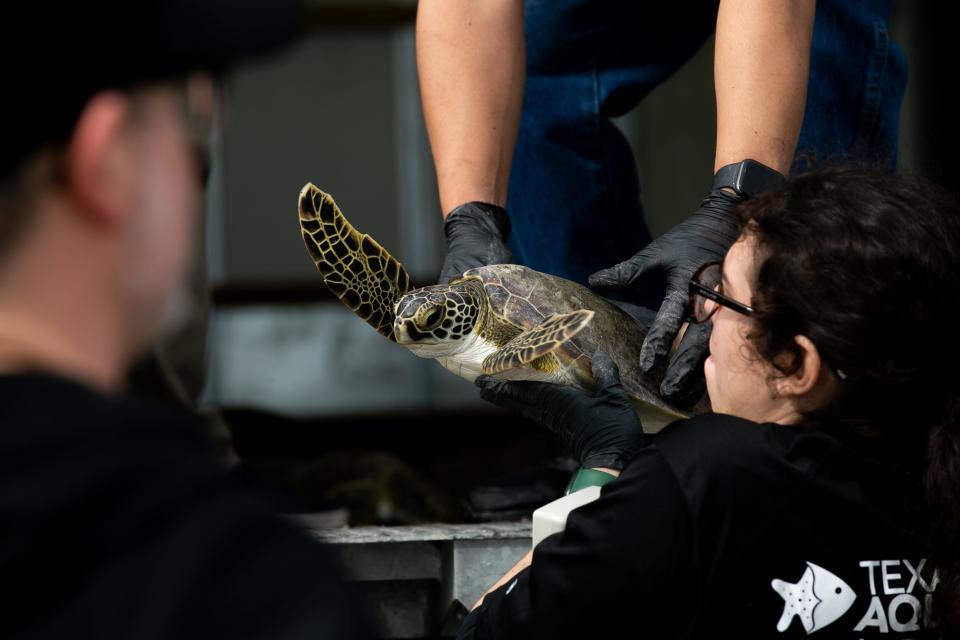
Loggerhead sea turtles set up their nesting primarily along the Atlantic coast, but can be found in the Gulf of Mexico and are occasional visitors to the Coastal Bend. Green sea turtles find their nesting beaches in places where the seawater temperature is greater than 77 degrees.
The Atlantic hawksbill, Kemp's ridley and leatherback sea turtles all became endangered in 1970. All three are threatened by poachers wanting eggs, with Kemp's ridley sea turtles being the most endangered species worldwide.
Plants
While it may be surprising to see, there are three plants that are endangered species in Nueces County. They are the South Texas ambrosia, the black lace cactus and the slender rushpea.
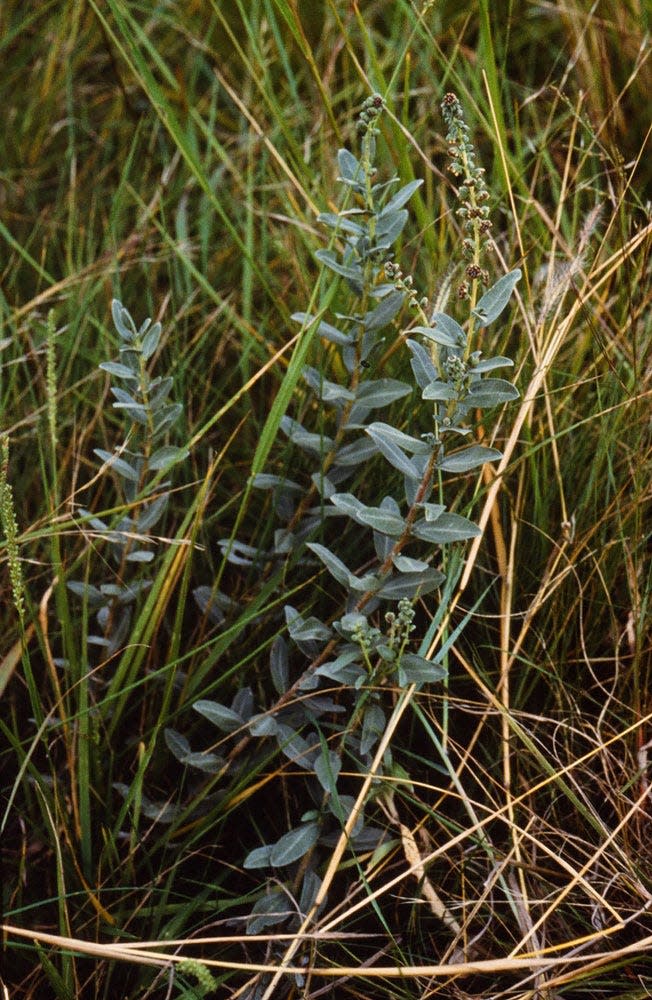
South Texas ambrosia is a non-woody long-living plant that appears July through November. Black lace cactus is an everlasting succulent that produces purple-pink flowers. Slender rushpea is a perpetual plant with salmon-colored flowers.
RELATED COVERAGE
More: Summer pests: Here's 17 insects, arachnids you should be aware of in Texas
More: Steer clear of these 13 venomous species in South Texas
John Oliva covers entertainment and community news in South Texas. Contact him at john.oliva@caller.com or Twitter @johnpoliva.
Consider supporting local journalism with a subscription to the Caller-Times.
This article originally appeared on Corpus Christi Caller Times: These endangered, threatened species are found in Nueces County

